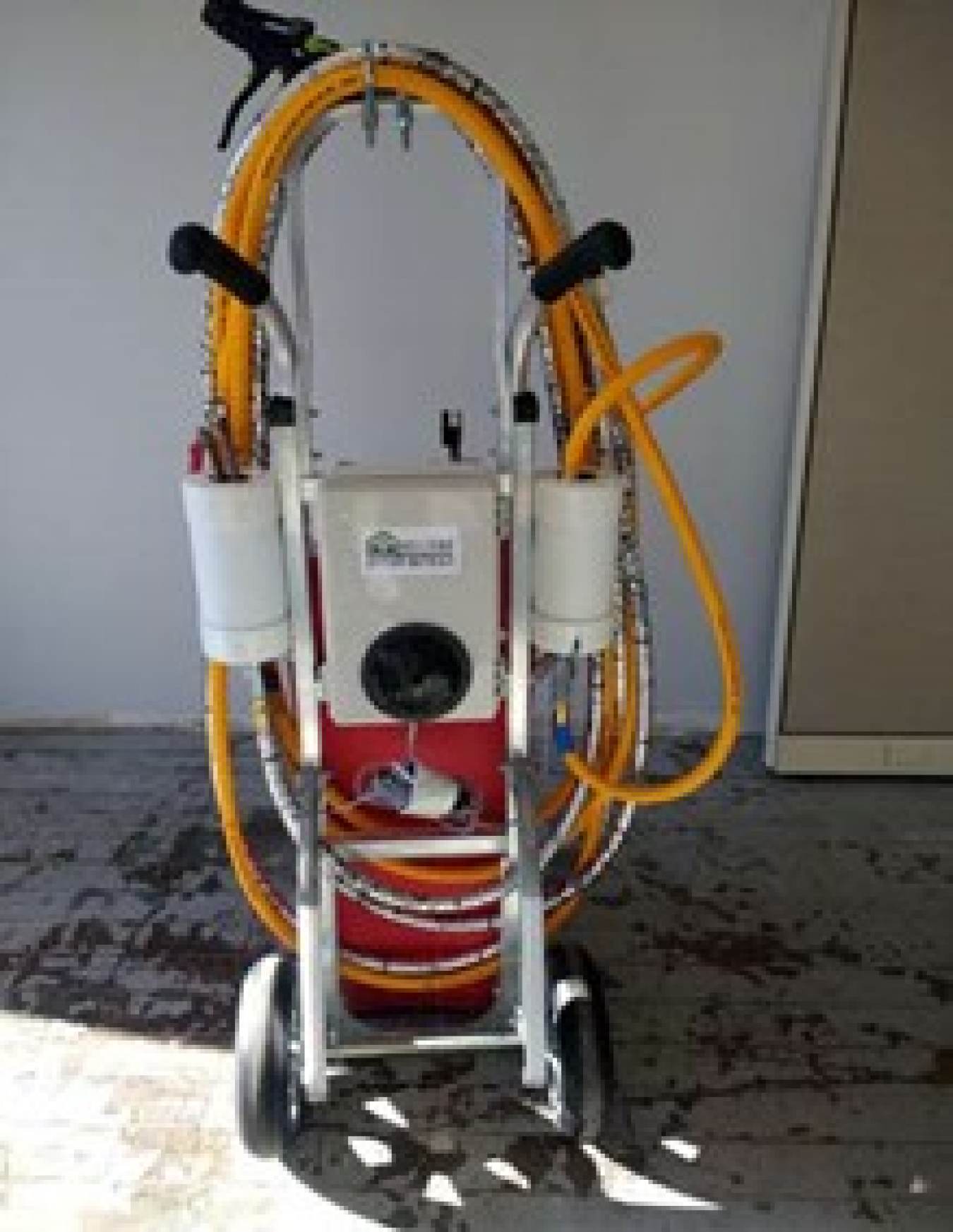PROJECT INFORMATION
Team: Building Envelope Materials
Building Component: Envelope
Application: Retrofit
Climate Zones: Cold

Approximately 80% of enclosed roof cavities (ERCs) —cathedral ceilings, flat roofs, and dormer roofs—are uninsulated or under-insulated. Under-insulated ERCs contain only fiberglass, which is a source for air leakage, moisture damage, and heat loss. Under-insulation can also include dense pack cellulose, which is also prone to moisture problems and do not satisfy building codes.
The removal and replacement of the ceiling is a highly invasive, time-consuming, messy, and expensive process, typically requiring furnishings to be removed, multiple trades, and extensive cleanup.
Aiming to reduce the cost and time of retrofitting ERCs with proper insulation and air sealing, the Building Envelope Materials team investigated the potential of injecting closed cell polyurethane foam through holes in the ceiling surface into a space between the exterior roof sheathing and ceiling (or the existing insulation). The process known as Pinhole Insulation®—developed by Building Envelope Materials—uses specially designed equipment to reduce risk and damage. Pinhole Insulation was lab and field trial tested to ensure safety, eliminate voids in insulation of cavities, and to minimize the number of pinholes in the ceiling.
Through the course of this Building America project, the team substantially modified the Pinhole Insulation process for use in ERCs, qualified a new low-global warming potential foam, designed and validated a complementary smartphone app, and developed contractor training manuals and videos.
This minimally invasive method for air sealing and insulating enclosed cavities offers a more feasible and appealing retrofit measure to deliver energy savings, improved comfort, and eliminate ice dams. It can also lead to better worker retention, keeping installers out of confined spaces in hot attics.
Learn more about Building America's work.
RELATED PUBLICATIONS
Technical Report: Validation Study of Experimental Insulating and Air-Sealing Technology for Enclosed Roof Cavities

